/2a916b53-c0b6-4ee2-9d7e-66be9eecc8a6.png)
How to end a letter
Review Rating Score
You probably know that you should not end a letter to close family the same way you would end one to your manager. Each different phrase has subtle connotations attached to it that can shape your recipient's reaction. To understand how to end a letter, look at the following goodbye phrases and the situations in which they should be used.
How to end a letter?
There are several ways to end a formal or informal letter, but what is the right one for you? Have a look at these letter signoffs:
- Best: Ending your letter with best, all the best, all best, or best wishes indicates that you hope the recipient experiences only good things in the future. Although it is not quite as formal as sincerely, it is still acceptable as a polite, formal/semi-formal letter ending, proper for business contacts as well as friends.
- Best regards: Quite like ‘Best’ sign-off, best regards means that you are thoughtful of the recipient with the best of feelings and intentions, but a little more formal.
- Warm regards: A semi-formal variation is warm regards, and an even more formal variation is simply regards.
- Sincerely: Sincerely (or sincerely yours) is a safe choice the go-to sign off for formal letters, and with good reason if you are not overly familiar with the letter's recipient, as it is preferable to use a sign-off that is both common and formal in such a situation.
- Speak to you soon: Variations to this goodbye phrase include see you soon, speak to you soon, talk soon, talk to you later, and looking forward to speaking with you soon, casual signoffs that indicate you are expecting to continue the conversation with your contact.
- Thanks: This is an effective ending to a letter when you want to show gratitude. Do not use it if there is no reason to thanking them or if it is not yet needed.
- Take care: Take care is also a semi-formal way to end your letter. Like the sign-off all the best, this ending wish that no harm come to the reader; however, like ending your letter with yours truly, the word choice is less formal and implies that the writer is at least somewhat familiar with the reader.
- Yours truly: This is where the line between formal and informal begins to blur. Yours truly carries a familiar casual tone and suggests that you are devoted to the recipient in some way (servant, friend, etc.).
- Your friend: Though it may seem obvious, ending a letter in this way is informal, and, as the sign-off itself states, is to be used only when writing to your friend.
- Cheers: Cheers is a lighthearted ending that expresses your best wishes for the reader. Due to its association with drinking alcohol, it's best to save this sign-off for cases where you are familiar with the reader and when the tone is optimistic and casual. Also note that because cheers is associated with British English, it may seem odd to readers who speak other styles of English and are not very familiar with the term.
- With love: This ending (or the even simpler variation, love) signals a familiar and intimate relationship with the reader. In other words, this sign-off should be used only in letters and emails to people with whom you are very familiar.
- Blank space / No sign-off: Having no sign-off for your letter is unusual and can happen in short messages back-and-forth. For the rest it is best to avoid.
- Hugxxx: Because this sign-off signifies "hugs and kisses," xoxo”, it's probably best that you reserve it for letters addressed to those closest to you. Don’t use it in formal closings of your business letter.
Punctuating Farewell Phrases
When writing your sign-off, it's important to remember to use proper capitalization and punctuation. Only the first word should be capitalized (e.g., Yours truly), and the sign-off should be followed by a comma (or an exclamation mark in some informal settings), not a period. Here are a few examples:
- Yours truly,
- Thanks!
- Best regards,
- Email Signatures
- Emails provide options of creating a standard signature, including contact information (title of your position, or your degree(s), after a comma in the same line as your name)
Postscripts end of letter
A P.S. (or postscript) comes after your sign-off and name. It is meant to include material that is supplementary, subordinated, or not vital to your letter. It is best to avoid postscripts in formal writing, as the information may go unnoticed or ignored; in those cases, try to include all information in the body text of the letter.
For this and more, download this Letter Ending Template for your reference.
Is the template content above helpful?
Thanks for letting us know!
Reviews
Jeanelle Hudson(6/4/2021) - NZL
Happy with such useful contend.
Latrina Hutchinson(4/20/2021) - NZL
Excellent value document
Merry Tran(4/20/2021) - GBR
The letter was well received
Guy Middleton(4/20/2021) - GBR
Have a drink on me
Janey Gillespie(4/20/2021) - DEU
Great file
Last modified
Our Latest Blog
- The Importance of Vehicle Inspections in Rent-to-Own Car Agreements
- Setting Up Your E-mail Marketing for Your Business: The Blueprint to Skyrocketing Engagement and Sales
- The Power of Document Templates: Enhancing Efficiency and Streamlining Workflows
- Writing a Great Resume: Tips from a Professional Resume Writer
Template Tags
Need help?
We are standing by to assist you. Please keep in mind we are not licensed attorneys and cannot address any legal related questions.
-
Chat
Online - Email
Send a message
You May Also Like
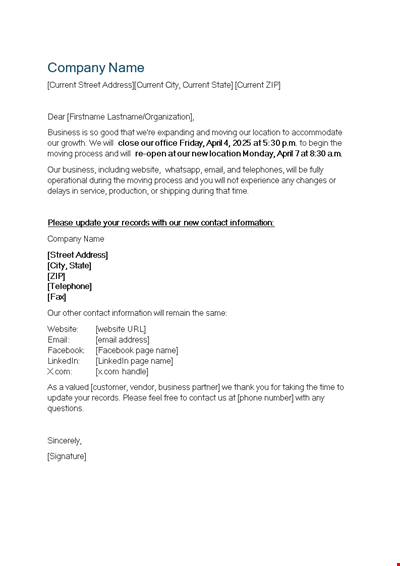
Change of Office Address Letter
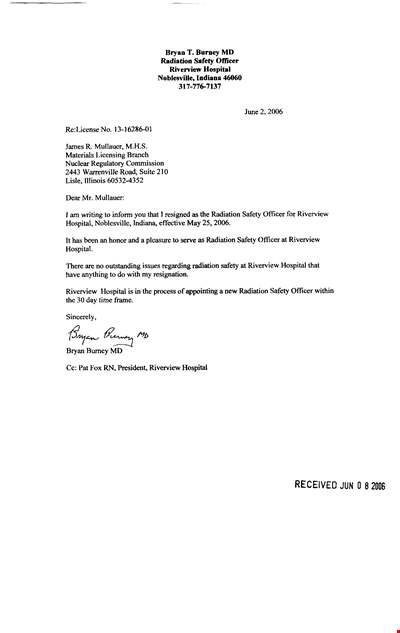
Radiation Safety Officer Resignation Letter Example - PDF Download | Slapiklwh Safety
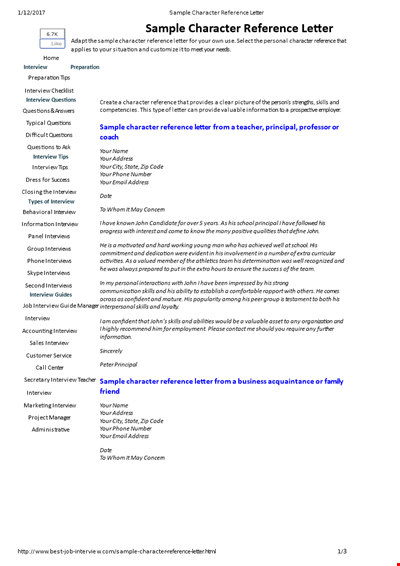
Sample Character Letter of Recommendation for Employment
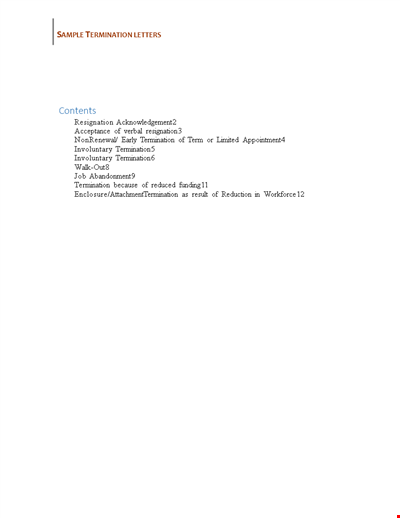
Professional Resignation Acknowledgement Letter Template
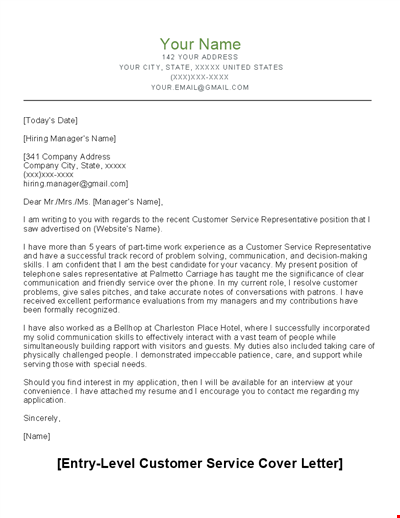
Customer Service Representative Position Cover Letter
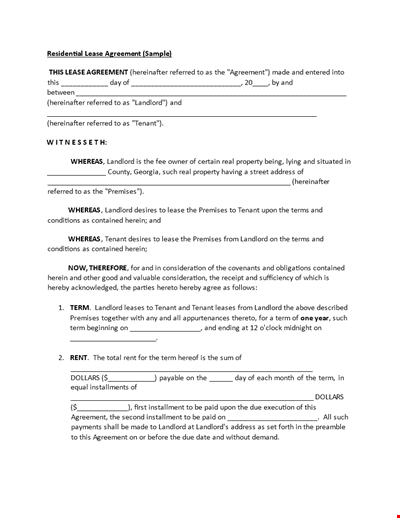
Private Residential Lease Agreement Template - Landlord Agreement | Tenant Shall | Premises
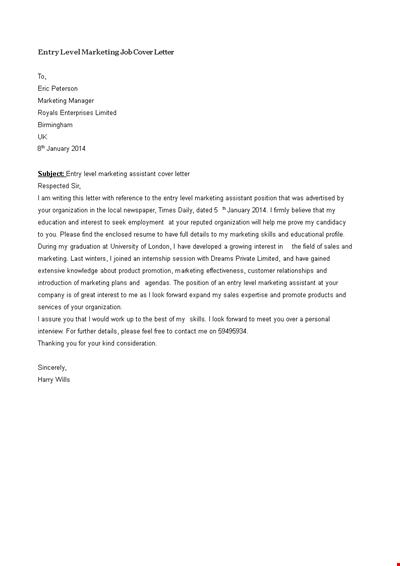
Entry Level Marketing Job Cover Letter - Marketing Assistant | CTR Optimized
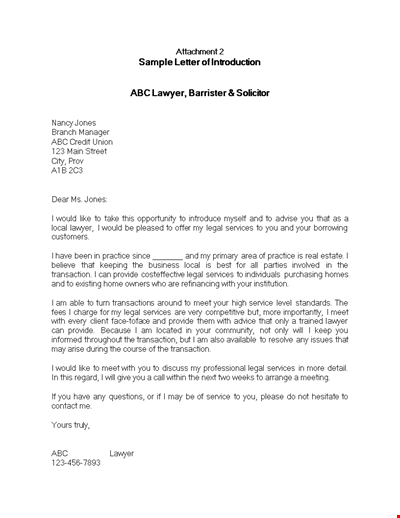
Introducing Our Local Business Legal Services for Transactions- Hire a Lawyer Today
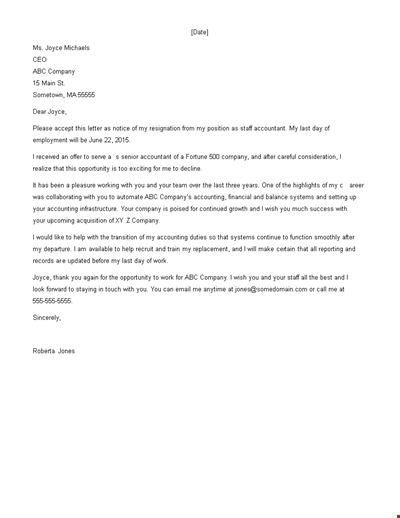
Formal Work Resignation Letter
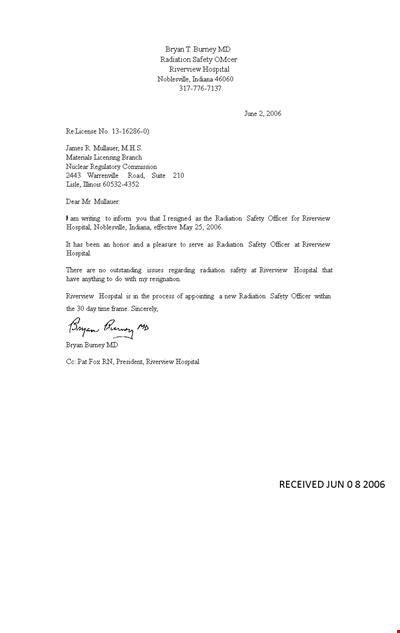
Radiation Safety Offcer Resignation Letter Example Pdf Download Slapiklwh
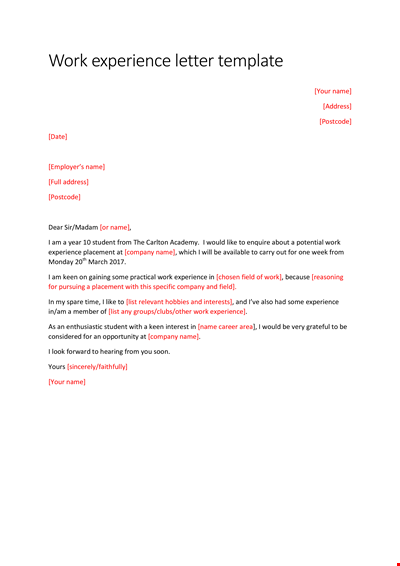
Work Experience Letter In Pdf
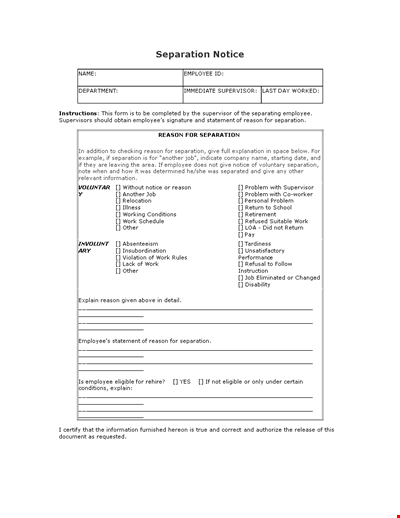
Voluntary Separation Notice
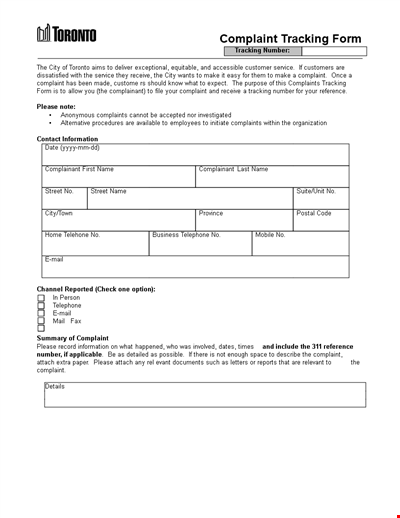
Disciplinary Action Tracking Form

Sampleminutes
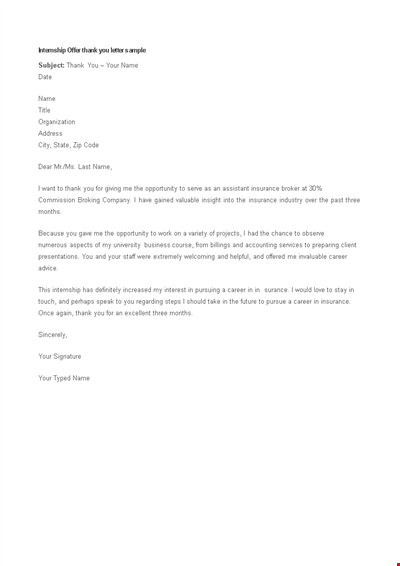
Internship Offer Thank You Letter Template
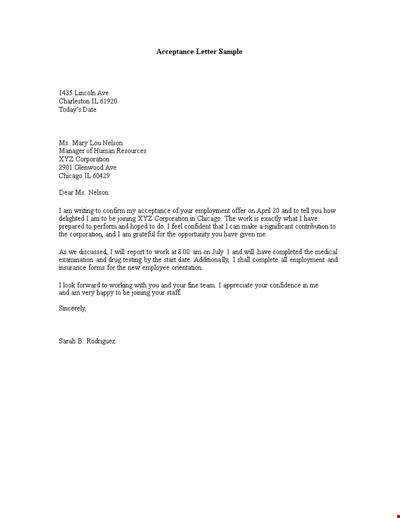
Thank You Letter for Job Offer - Expressing Gratitude to Nelson Corporation